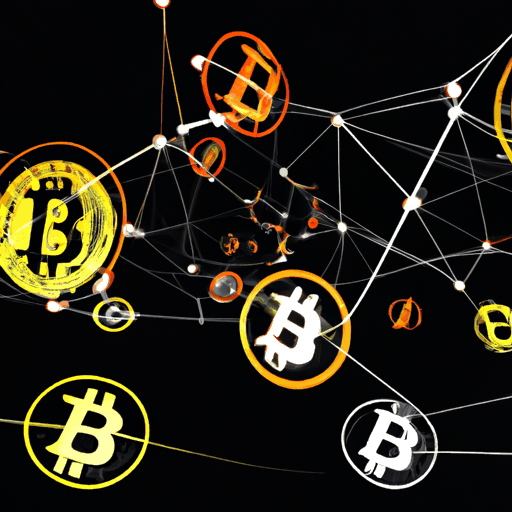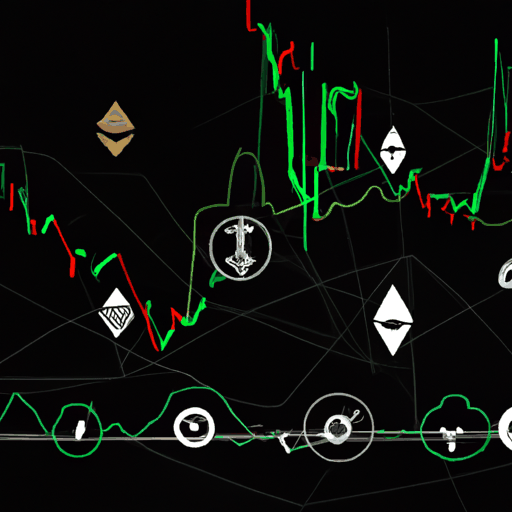
Bitcoin Takes Major Step in DeFi with Tap Protocol's Native Swap Innovation
By: Eva Baxter
Tap Protocol has marked a significant milestone by executing the first Bitcoin-native swap directly on Bitcoin Layer 1, according to an Aug. 13 announcement. This breakthrough enables decentralized finance (DeFi) operations on Bitcoin without the need for Layer 2 solutions or roll-ups, which have traditionally been necessary for executing such operations.
This innovation opens up numerous new use cases within Bitcoin, including Digital Matter Theory and seamless token swaps—all performed natively and securely on Bitcoin. By embedding assets directly into its system, Tap Protocol bypasses the need to bridge assets across different chains, a functionality that puts Bitcoin directly in competition with platforms like Ethereum and Solana in the DeFi space.
Benny, CEO of Tap Protocol, highlighted the important role played by the Internet Computer Protocol (ICP) in this innovation. He described ICP as a 'powerful and decentralized workhorse', providing needed authority in a trust-minimized manner. He further added, 'The breakthrough is that we've demonstrated inflationary releases of Layer 2s aren't necessary—there are already qualified options that can do the job.'
Tap Protocol's embedding mechanism combined with ICP's functionality on Bitcoin forms a Layer 1 automated market maker (AMM) solution. This approach eliminates the need for bridges, Layer 2 wallets, or wallet switches and avoids reliance on new opcodes like OP_CAT or modified Bitcoin forks.
Unlike traditional Layer 2 solutions, which require moving assets off-chain, Tap Protocol ensures that all operations remain on Bitcoin Layer 1. This maintains Bitcoin's inherent security while avoiding the complexities and risks associated with Layer 2 protocols. Additionally, Tap users can still leverage the protocol solution on Layer-2 networks, as the platform is layer-agnostic.
This development highlights Bitcoin's evolution from a mere transactional currency to a platform supporting diverse digital assets and innovations like Ordinals, BRC20, and Runes, alongside these new DeFi capabilities.



